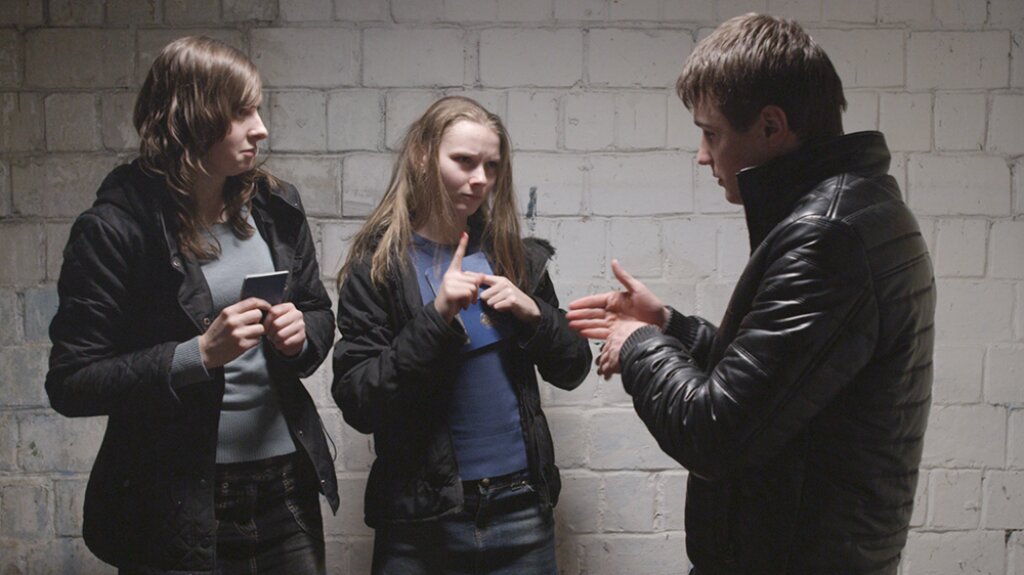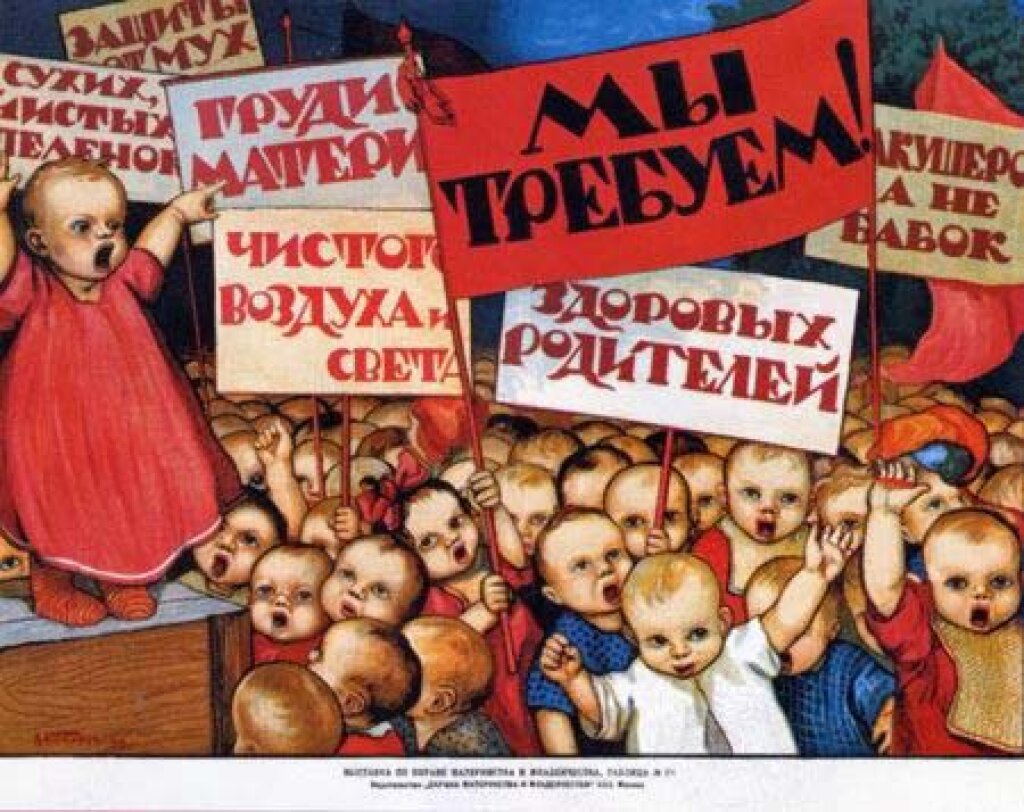In Crime and Punishment, Raskolnikov comes across his infamous murder weapon, as if fortuitously, gleaming from within a janitor’s darkened woodshed. He uses the axe to fell a gossamer-headed crone and her untimely sister in their home. Myroslav Slaboshpytskiy’s film, The Tribe, presents an equally brutal crime. Sergey builds a hammer in woodworking class (a potent Soviet symbol), and then murders the teacher who taught him to make it. Sergey’s most dangerous weapon, however, is not the mallet, but his silence.
The Tribe, Slaboshpytskiy’s debut feature, has won the Cannes Film Festival Critic’s Week Grand Prix, London Film Festival First Feature, and AFI New Auteurs. In the film, he focuses upon a Ukrainian boarding school for the deaf. The film pays homage to silent films, which lacked words, but abounded in expressive body language to convey emotion. Without words, subtitles or narration, The Tribe expresses a raw and brutal pathos.
The Tribe opens with Sergey, a sheepish, deaf teenager, starting at a boarding school for the hearing impaired. He is quickly absorbed into a dissolute group of peers who teach him their violent ways. Without words, they descend upon an unassuming pedestrian like a pack of wolves, brutalizing him for a paltry bag of groceries. Yet, their motives don’t emanate from need, but from dark, animalistic sadism.
When a tractor-trailer kills the pimp of the gang (because, also deaf, he cannot hear the sound of the truck reversing), Sergey assumes his position. A teacher escorts them, as Sergey sells his fellow female students to prurient truck drivers. By night, the students drink, fight and have sex in abandoned playgrounds, leaving little time for schoolwork or sleep.
The Tribe’s relentless brutality is reminiscent Boris Mikhailov’s Case Histories. Mihkailov’s notorious photographs document a group of homeless teenagers after the dissolution of the Soviet Union. Living as vagrants, they smoke, grope and fight with adult abandon. However, Mikhailov’s photographs do not convey judgment, but empathy. This twisted ecology seems an implicit byproduct of Russia’s wild capitalism in the 90s.
In The Tribe, silence is the perfect cover for this mini-crime ring. With a look or gesture, the gang unleashes fiendish violence and coordinates complicated exploitation. Their quietude masks their crimes—as any mafia requires a code of silence, theirs comes naturally. Yet, it seems that in the place of spoken language, these students have developed a nihilistic sixth sense.
Strangely, the students’ silence does not keep the spectator at a distance, instead captivates. When Sergey makes love to one of the student cocottes, their silent orgasms are intensely intimate. The beatings are especially brutal upon a victim who cannot beg for mercy. When one student gets a bathtub abortion—her legs held open with a string tied around the back of her neck—her groans are louder than any speech. The students’ body language is immanently translatable, conveying the visceral emotions they feel.
As one reviewer points out, the base desires and primitive emotions expressed in The Tribe could be considered simplistic (more generously put, universal). However, the film is not a Dostoevskian moral or psychological tale. Their special language binds them together as a pack. The film more resembles a sociological examination. Like Case Histories, it does not judge, but exposes the power relations of a group bound by exclusivity and unscrupulous leadership. It is not the individual that presents a particular depth, but the organization of the tribe that enables limitlessly brutality.



